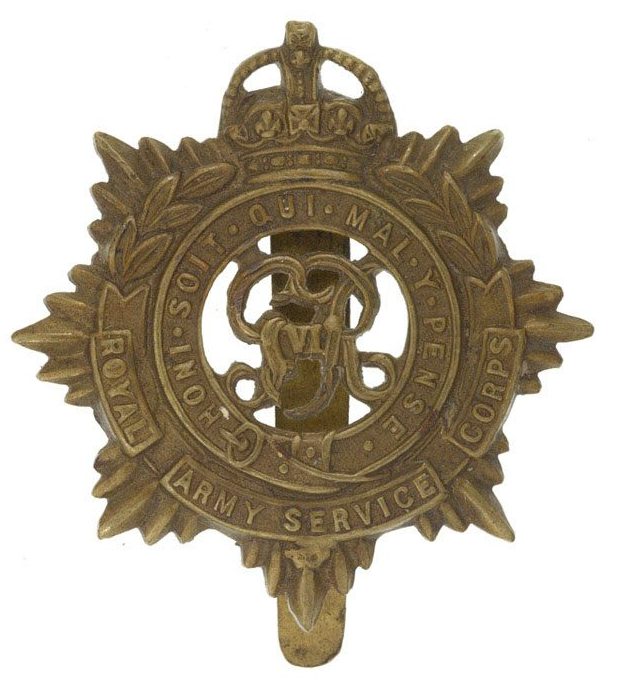Personal Details
Born: 28th August 1881 in Blofield, Norfolk and baptised on the 25 September at St. Andrew’s Church, Thorpe St. Andrew, Norfolk.
Family: He was the son of James Ernest Bacon, a bank cashier, and his wife Money Ellen Spurgin. Ernest married Lilian M Maynard in Axbridge, Somerset in 1921 and the following year, 1922, their only child Ursula Jean Cecile was born in Bury St. Edmunds, Suffolk.
Education: Between 1894-1897 he was educated at King Edward VI School, Bury St. Edmunds, Suffolk.
Residence: In 1891 Ernest was living with his parents in Blofield, Norfolk. By the time of the 1901 Census he is in Monks Coppenall, Nantwich, Cheshire and in 1911 he is living in Richmond, Yorkshire. His address was reported as Chester Road, Whitchurch, Shropshire in a 1915 Cambridge Independent Post article and this address is shown on the 1919 Absent Voters’ Register. From 1939 to his death he was living at The Otterborne Hotel, Budleigh Salterton, Devon.
Employment: On the 1901 Census, Ernest`s occupation is described as a premium apprentice in a locomotive works. By the time of the 1911 he is an engineer. On the 1939 Register he is a hotel proprietor.
Died: 4th December 1943, aged 62.
Military Details
Regiment: Army Service Corps
Rank: Lieutenant in 1915, rising to the rank of Captain by the end of the War
Service number:
Date of Enlistment: Not known
Date of Discharge: Not known
Reason for Discharge: Not known
Other information:
Ernest was awarded the Campaign Medals (British War Medal, and Victory Medal).

The British War Medal (also known as 'Squeak') was a silver or bronze medal awarded to officers and men of the British and Imperial Forces who either entered a theatre of war or entered service overseas between 5th August 1914 and 11th November 1918 inclusive. This was later extended to services in Russia, Siberia and some other areas in 1919 and 1920. Approximately 6.5 million British War Medals were issued. Approximately 6.4 million of these were the silver versions of this medal. Around 110,000 of a bronze version were issued mainly to Chinese, Maltese and Indian Labour Corps. The front (obv or obverse) of the medal depicts the head of George V. The recipient's service number, rank, name and unit was impressed on the rim.
The Allied Victory Medal (also known as 'Wilfred') was issued by each of the allies. It was decided that each of the allies should each issue their own bronze victory medal with a similar design, similar equivalent wording and identical ribbon. The British medal was designed by W. McMillan. The front depicts a winged classical figure representing victory. Approximately 5.7 million victory medals were issued. Interestingly, eligibility for this medal was more restrictive and not everyone who received the British War Medal ('Squeak') also received the Victory Medal ('Wilfred'). However, in general, all recipients of 'Wilfred' also received 'Squeak' and all recipients of The 1914 Star or The 1914/1915 Star (also known as 'Pip') also received both 'Squeak' and 'Wilfred'. The recipient's service number, rank, name and unit was impressed on the rim.

